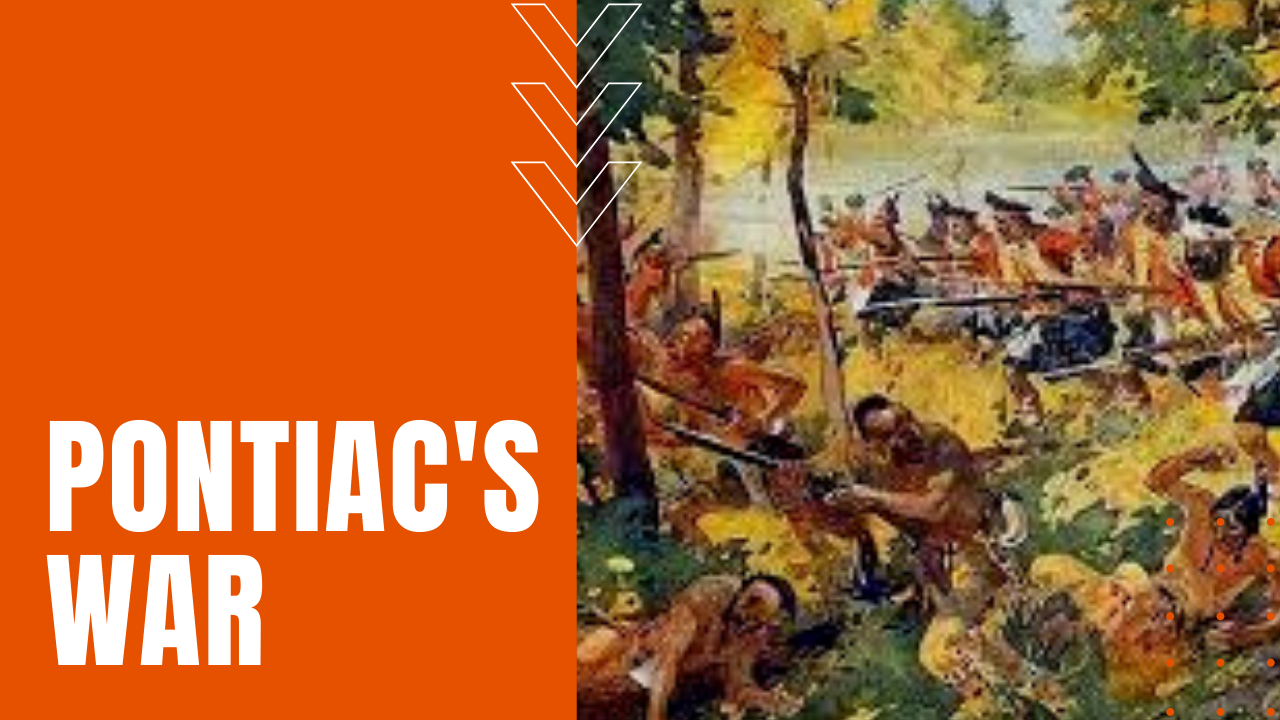Pontiac’s War: Native American Resistance Against British Rule

Just as the French and Indian Wars ended in the early 1760s, Native American tribes took exception to their new British overlords, who they deemed less conciliatory than their French predecessors.
Why Did Pontiac’s War Occur?
Fed up with harsh British treatment, Ottawa Chief Pontiac formed an alliance with nearly every tribe from Lake Superior to the lower Mississippi, with the unified goal of expelling the British from formerly French-occupied lands.
In April of 1762, Pontiac convened a war council on the banks of the Ecorse River near the settlement of Detroit, where he detailed his plan that each respective tribe should seize the nearest British fort to their encampment, before wiping out the now undefended settlements that surrounded each British outpost.
Amongst the assembled chiefs, it was decided that Pontiac and his warriors would approach the British fort at Detroit under the guise of negotiating a peace treaty, instead, gaining access to the fort’s arsenal, which would effectively arm the alliance tribes with the necessary weapons of European warfare. Although subsequently lost to history, British Major Henry Gladwin caught wind of the impending attack, forcing Pontiac and his men into a fallback position of time-honored siege.
At the same time, the Delaware, Shawnee and Seneca warriors began their own sieges against various forts and outposts in Michigan, New York, Pennsylvania, Maryland and Virginia, setting off a wave of collective trepidation for British forces pinned down in each respective fort.
Months of standoff would follow, until on July 31st, a British relief column attacked Pontiac’s camp in what became known as the Battle of Bloody Run, suffering heavy casualties that forced the expedition into retreat, but not before successfully supplying the beleaguered fort with reinforcements and badly-needed supplies, which in turn allowed the British to hold out well into the fall.
Pontiac’s War Significance
While major forts at Pitt and Niagara held out as well, eight others fell to Pontiac’s alliance, wiping out all British occupants within, before murdering a substantial number of the civilian occupants in frontier settlements surrounding each fort. By the spring of 1764, a total of 900 British soldiers and colonial civilians had been murdered, while an additional 4,000 civilians had fled for their lives.
That same spring, under the command of Colonel Henry Bouquet, two British armies were sent into Pennsylvania and Ohio, while a third under the command of Colonel John Bradstreet swept into the Great Lakes Region, forcing the Delaware and the Shawnee to sue for peace.
Pontiac’s Peace Treaty and Death
Unable to convince the French or tribes in the West to join his rebellion, Pontiac signed a peace treaty with the British in 1766, before he was murdered by a Peoria tribesman while on a visit to Illinois.
Pontiac’s death led to bitter warfare amongst Native American tribes, leading to the near-extinction of the Peoria, while proving to be a bitter irony to Pontiac’s original vision of eradicating the British from Indian lands.
